Frequency range: 26.5- 28MHz SWR: ≤1.2:1 Max. power: 35W continuous 250W Short time Bandwidth at S.W.R. 2:1: 1900KHz Impedance: 50ohm Whip length: 1200mm Adjustment: 0~90° Cable Length: RG58/157" Po...
See DetailsWhat are the effective enhancement methods for CB Antenna when receiving weak signals?
In the field of radio communications, CB (Citizen's Band) antennas serve as a bridge connecting users to the vast radio world, and their performance directly affects the quality of signal reception. Especially when receiving weak signals, it is particularly important to take a series of effective enhancement measures.
1. Choose the right type of antenna
First of all, choosing the right type of antenna is the basis. For receiving weak signals, high-gain antennas such as Yagi-Uda Antennas or Log-Periodic Antennas are usually recommended. These antennas are designed to focus on receiving signals in a specific direction, increase gain, and thus reduce signal attenuation.
2. Optimize the antenna installation position
The installation position of the antenna has a direct impact on the reception effect. Try to install the antenna high, away from buildings, trees, and other obstacles that may block the signal. In addition, choosing an open location to reduce electromagnetic interference is also the key to improving the reception effect. For mobile applications, such as vehicle-mounted CB antennas, ensure that the antenna is installed vertically to avoid contact with metal parts of the vehicle body to reduce signal loss.
3. Use an antenna amplifier (Pre-Amplifier)
Antenna amplifiers, also known as low-noise amplifiers (LNA), can amplify weak signals received by the antenna while suppressing noise. When the signal source is far away or the signal strength is extremely low, installing a suitable antenna amplifier can significantly improve the reception quality. However, it should be noted that the selection of the amplifier should match the antenna and the receiver to avoid introducing too much noise.
4. Adjust the antenna direction
For directional antennas, such as Yagi antennas, accurately adjusting the antenna direction to the direction of the signal source can maximize the received signal strength. Use a compass or a professional signal tester to assist in the adjustment to ensure that the antenna is accurately aimed at the target.
5. Improve grounding quality
Good grounding is essential to reduce electromagnetic interference and improve signal quality. Ensure that the ground resistance of the antenna system is as low as possible, which can be achieved by burying deep ground electrodes or using professional ground rods. For vehicle-mounted CB antennas, although the ground contact area is limited, try to ensure good contact with the vehicle body, or use a dedicated grounding wire to connect to the negative terminal of the vehicle battery.
6. Use coaxial cables and connectors
High-quality coaxial cables and connectors can reduce signal loss during transmission. Choosing low-loss, well-shielded coaxial cables and tight, stable connectors will help maintain signal integrity and strength.
7. Upgrade or maintain the receiver
The performance of the receiver itself is also an important factor affecting the reception effect. If conditions permit, consider upgrading the receiver to a model with higher sensitivity and lower noise level. At the same time, regularly maintain and calibrate the receiver to ensure that it is in the best working condition.

 English
English Español
Español
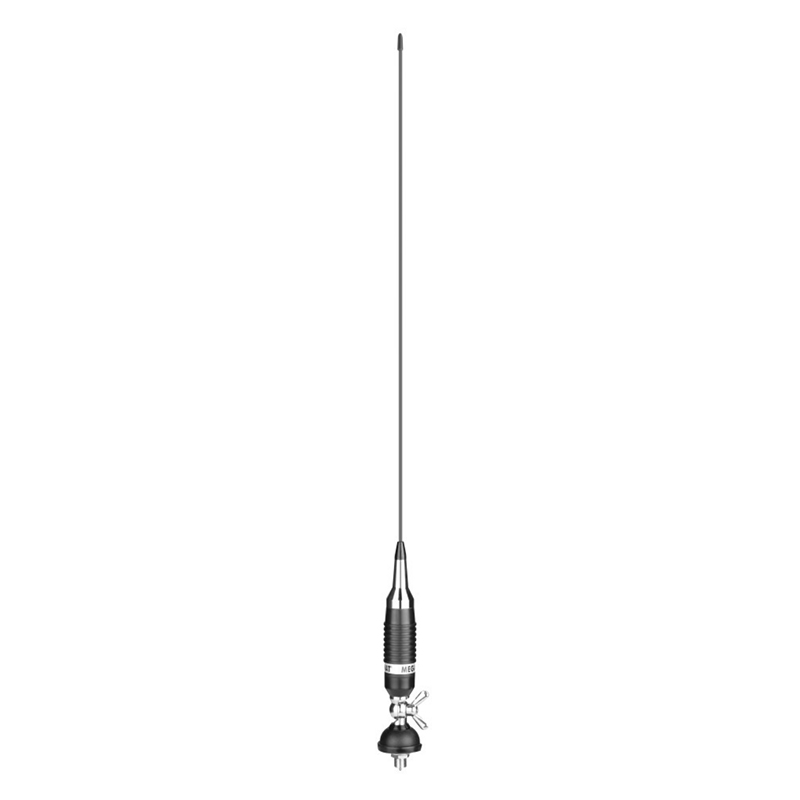
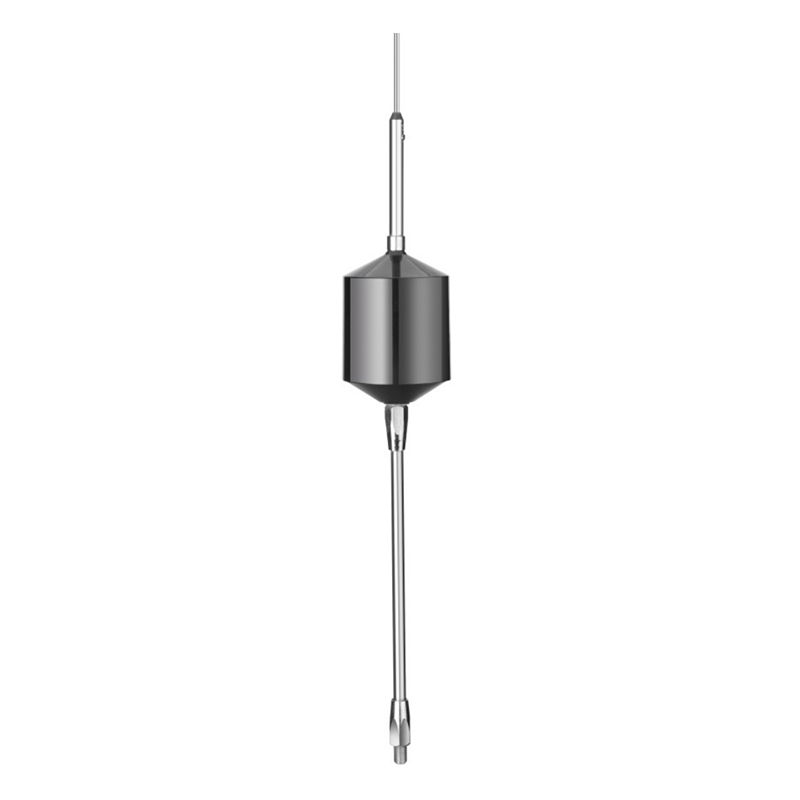

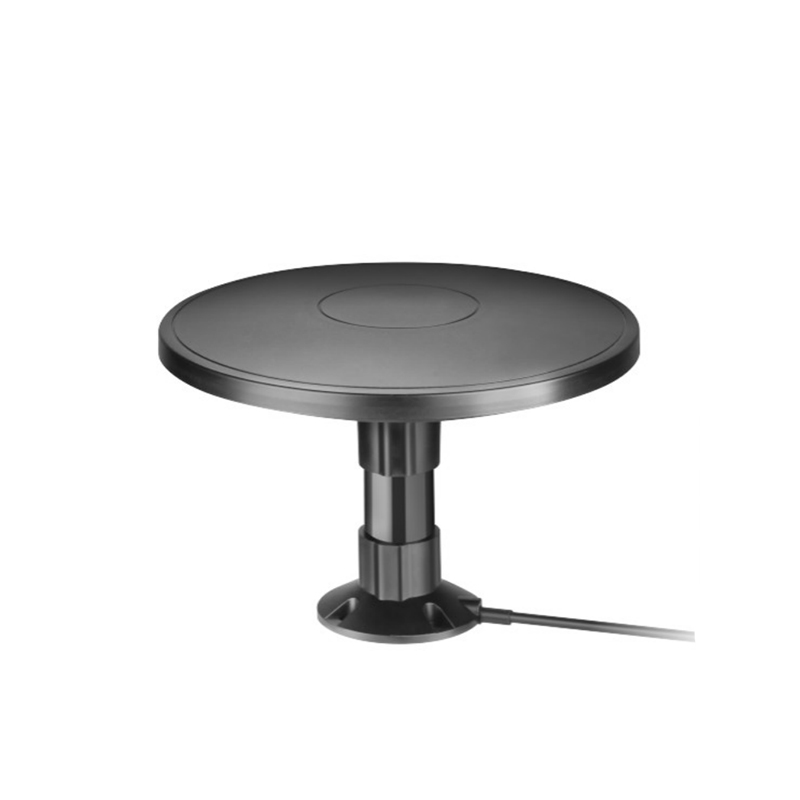
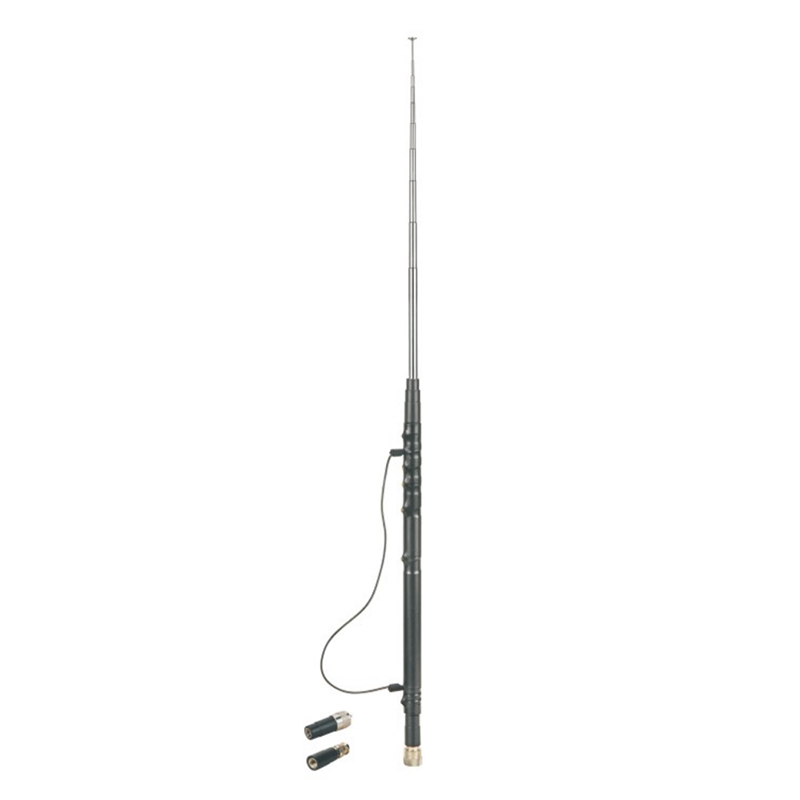

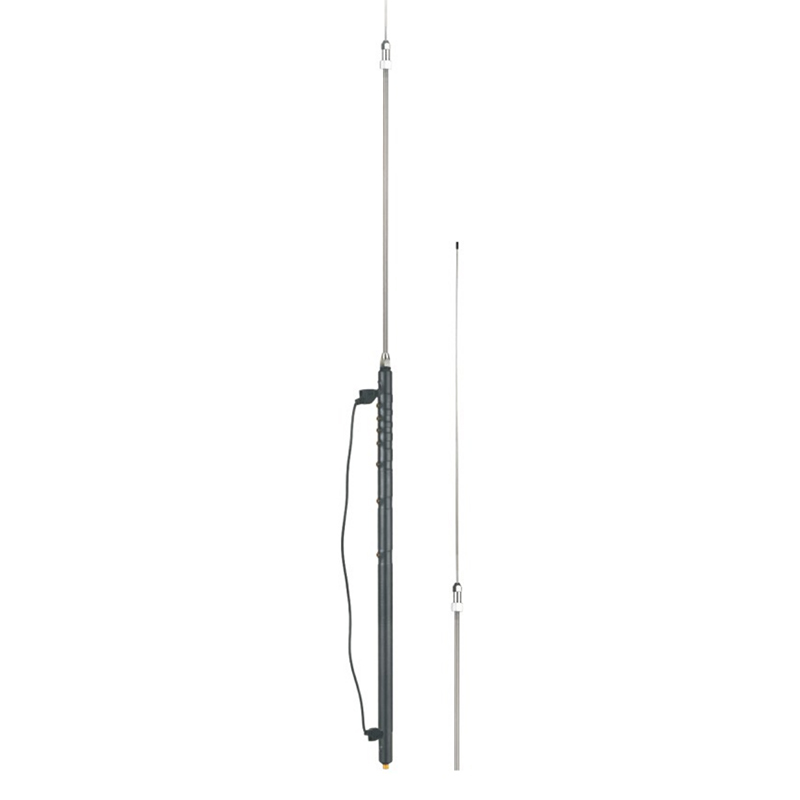
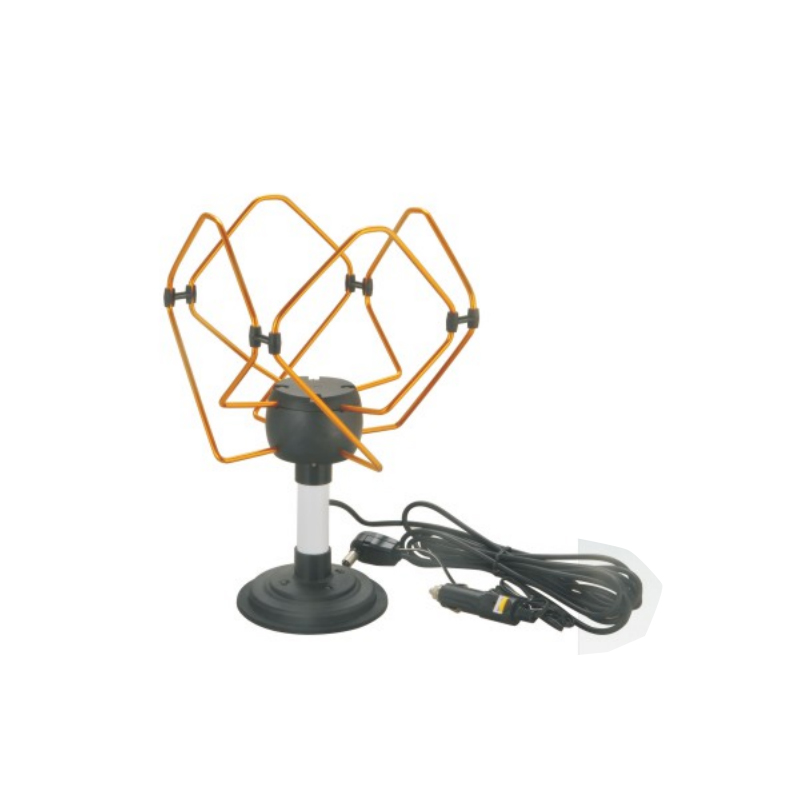
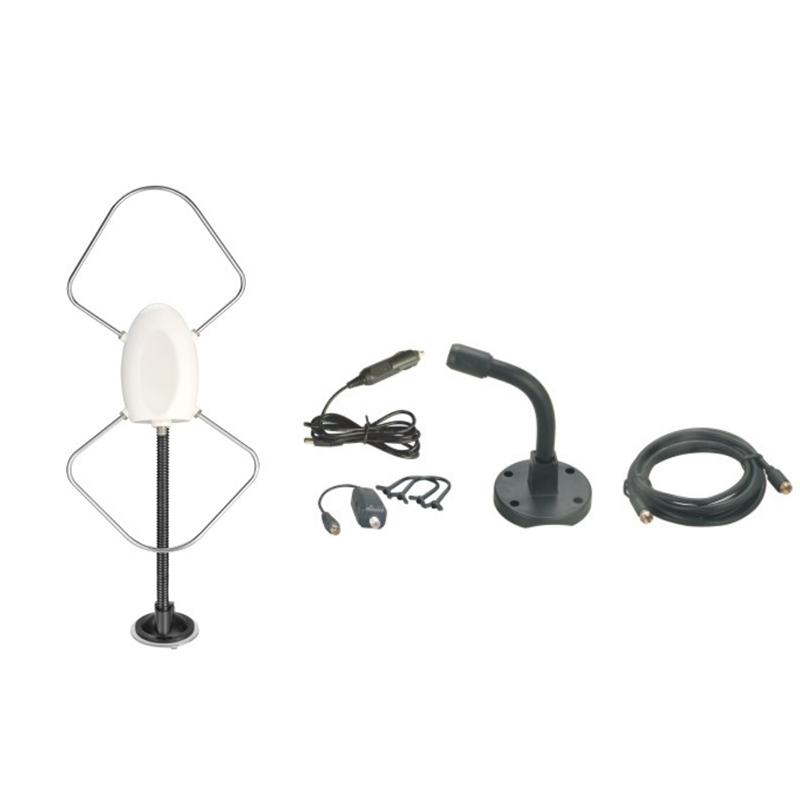
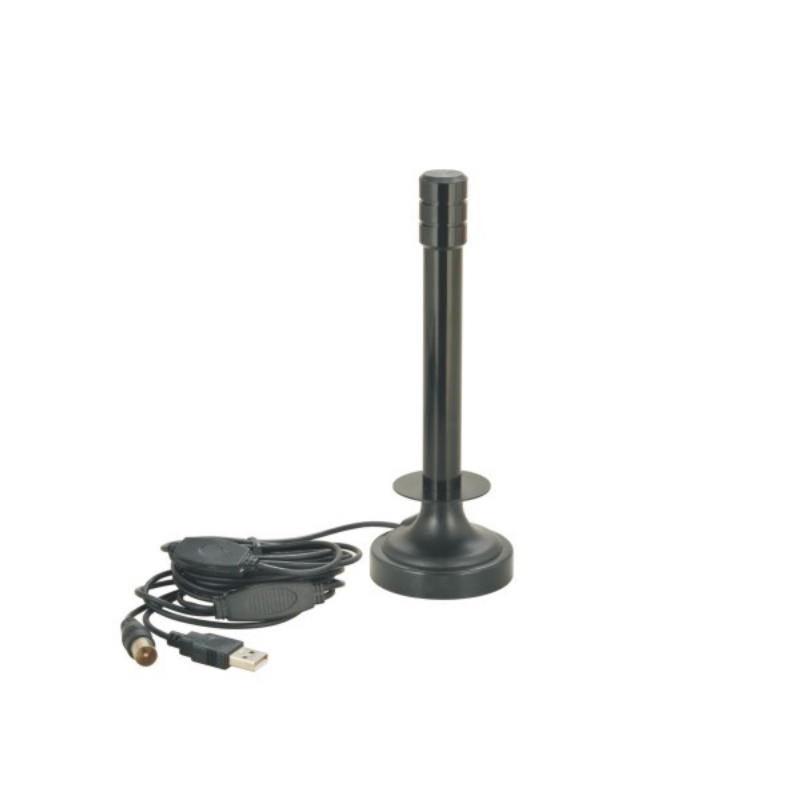
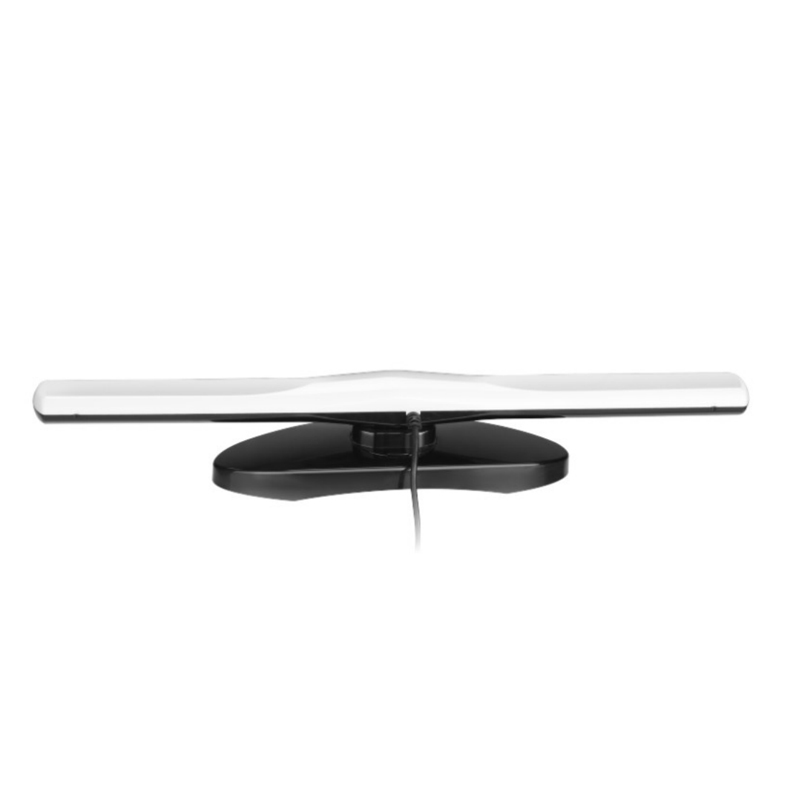
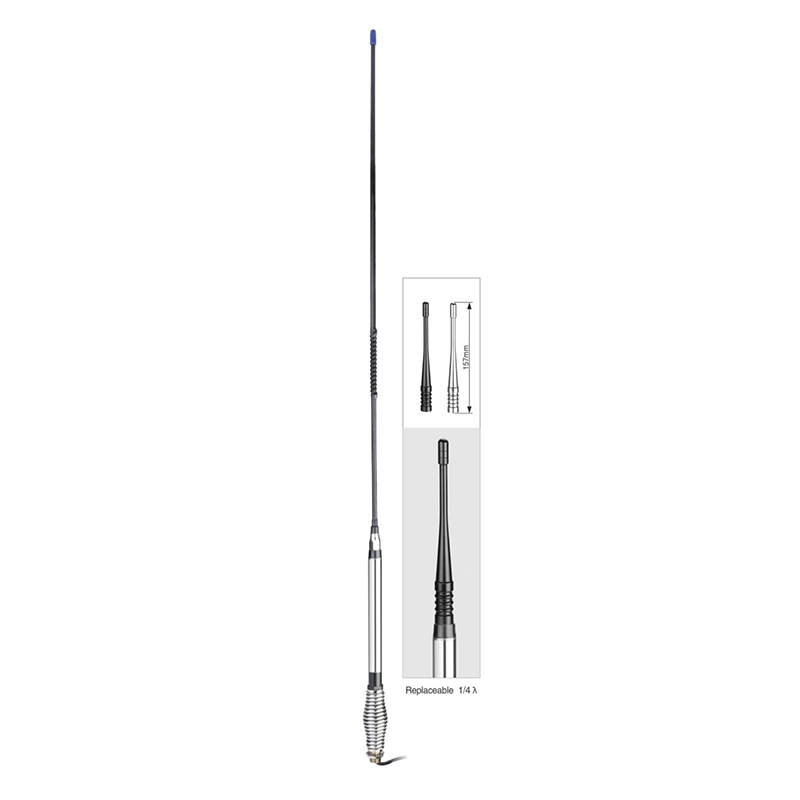

Contact Us